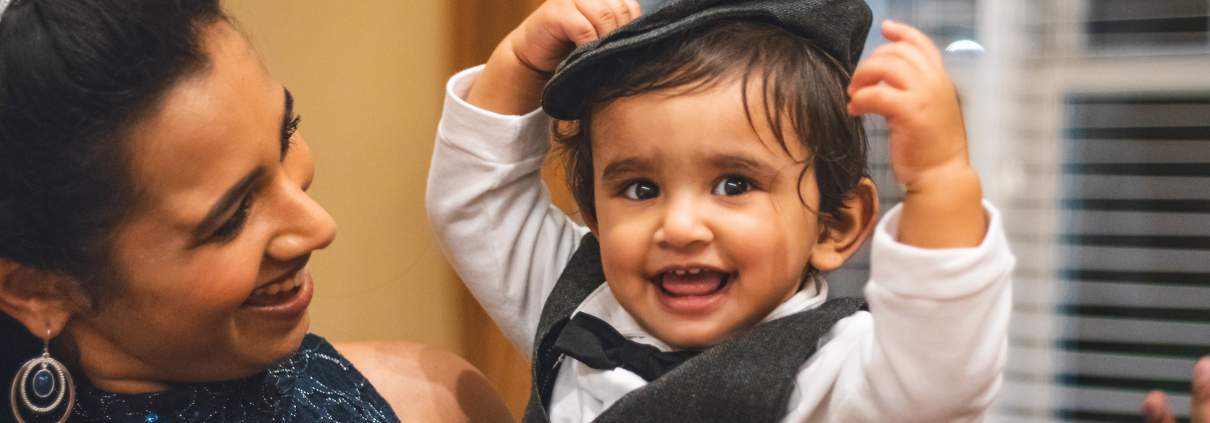6 Communication Methods for Children with Hearing Loss
When Ricardo and Lena first brought baby Ricky to see me, they knew, as parents often do, that something wasn’t right. They had noticed signs of infant hearing loss like:
- Limited smiling or interaction with others when spoken to
- Not much baby talk
- No response to early words like Mama, Papa, No, Bye-bye
I performed a hearing test designed for children Ricky’s age and confirmed he had a significant hearing loss in both ears.
Hearing loss is hard for parents to detect at Ricky’s age. Even after the hearing is restored to some extent, a child may struggle with verbal communication.
Fortunately, there are several methods we can explore to encourage and support communication.
1. Hearing Screening
First of all, I need to assess if verbal communication challenges are related to hearing loss. Even if a child passed their newborn hearing screening in the hospital shortly after birth, hearing could decline quickly at this age.
2. Hearing Solutions
If your child does have hearing loss, I’ll discuss hearing solutions like pediatric hearing aids. Restored hearing will assist in the development of verbal skills. You must know, hearing isn’t like a lightbulb, it doesn’t just turn on. Communication and hearing loss are complex. Communication therapy for hearing impaired children recognizes this and applies proven strategies to improve communication. As your audiologist, I can help you understand these therapy options.
3. Listening and Spoken Language (LSL)
Also called auditory-verbal therapy (AVT), the goal is to support speaking and listening without sign language. Through this intervention, a pre-verbal child learns constructive listening skills and explores speaking in a supportive environment. A child who receives LSL can often attend mainstream classes in school without additional school system support.
I also tell parents I work with, in order for the child to turn learning into positive habits, caregivers must consistently reinforce LSL intervention strategies in the home. This may seem hard at first, but like your child, you’ll be learning these skills.
4. Sign Language
If we go this route, a child in the Memphis area should learn American Sign Language (ASL). Although, there are two other manual communication methods you may want to explore as well.
5. Total Communication
This combines ASL with multi-sensory communication skills like:
- Lip-reading
- Body language
- Gestures
- Facial expressions
- Touch
- Speaking
Total Communication helps a child, and later an adult, better understand and communicate with the general public.
6. Cued Speech
This communication technique for the hearing impaired helps a child better understand the word orders of spoken language, which are different from ASL. A cued speech approach would be used in combination with ASL or Total Communication.
Regardless of the manual approach, you decide to take, you need to become fluent in these manual communication methods.
My Role
My role as an audiologist is to provide hearing solutions and support parents as they navigate communication therapy for their hearing-impaired child. I want you to feel you can do what’s best for your child. I can connect you with therapists and community resources to support your decision.
Ricky is thriving today, thanks to his parent’s awareness and commitment to helping him develop needed listening and verbal skills after being fit with pediatric hearing aids.
If you think or know that your child is struggling with communication and hearing loss, please schedule an appointment.



